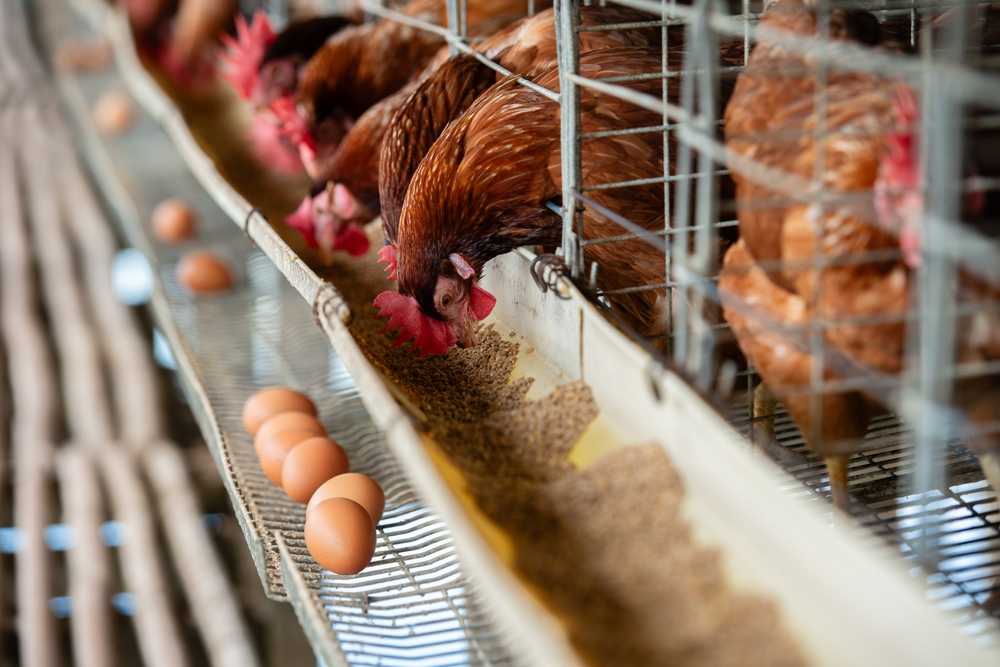Mass Poultry Vaccination Could Prevent Bird Flu Spread, but Also Make Virus Evolve
The avian flu continues to circulate in parts of the world, including the U.S., infecting domestic poultry, cattle, and some humans. A study published in Scientific Advances examines how mass vaccination of poultry against H5 subtypes of avian influenza virus (AIV) including H5N1 and H5N6 may help to slow the spread of avian influenza, however, in turn, the vaccination may also lead to the virus evolving faster.Understanding Avian Influenza VirusThe H5 virus is a strain of influenza A that does not pass from human to human. A person who has been infected likely picked it up from domestic poultry or cattle. According to the Centers for Disease Control and Prevention (CDC), 67 people have been infected with the starting of AIV, known as H5N1, in the U.S., and one person has died since 2024. While there is still little concern for a pandemic, researchers are working to ensure that a vaccine is ready should the virus evolve and transfer from human to human.To understand the spread of AIV, the researchers analyzed domestic poultry and wild birds from different regions in Europe and Asia and separated them into two categories: vaccinated and unvaccinated. The team conducted a genetic analysis of hemagglutinin (HA) sequences from samples collected between 1996 to 2023. Hemagglutinin is a glycoprotein found in influenza viruses that helps it bind to cells of the hosts it infects.The research team also evaluated the spread of the virus in wild birds, though according to the study, the virus impact on wild birds still remains uncertain.As avian influenza continues to pose considerable challenges to wild and domestic animals, our research can help inform the development of preventive measures against AIV, such as global vaccination policies, said Bingying Li and the study authors in a press release.The team noted that virus transmission was more common between wild birds and unvaccinated poultry than it was among unvaccinated poultry. However, thats not all they noticed.Faster EvolutionWhile H5N1 seems to be the main viral strain of avian influenza currently in the U.S., H5N6 is the main strain circulating around China. According to the study, China implemented a nationwide vaccination mandate for poultry in 2005, and it makes up about 90 percent of the global H5 AIV usage.These vaccine implementations likely helped reduce any H5 viral outbreaks among domestic birds. However, the study authors noted that though there were no viral outbreaks, the H5 virus evolved at a faster rate between 2005 and 2010. The authors noticed that this rapid evolution happened in other countries, such as Mexico and Egypt, where mass vaccinations also happened.More research is needed to determine if the mass vaccinations are causing the AIV to evolve faster or if this is simply a coincidence. Either way, the results can help researchers better understand AIV and how to develop effective and comprehensive prevention strategies. Article SourcesOur writers at Discovermagazine.com use peer-reviewed studies and high-quality sources for our articles, and our editors review for scientific accuracy and editorial standards. Review the sources used below for this article:A graduate of UW-Whitewater, Monica Cull wrote for several organizations, including one that focused on bees and the natural world, before coming to Discover Magazine. Her current work also appears on her travel blog and Common State Magazine. Her love of science came from watching PBS shows as a kid with her mom and spending too much time binging Doctor Who.


